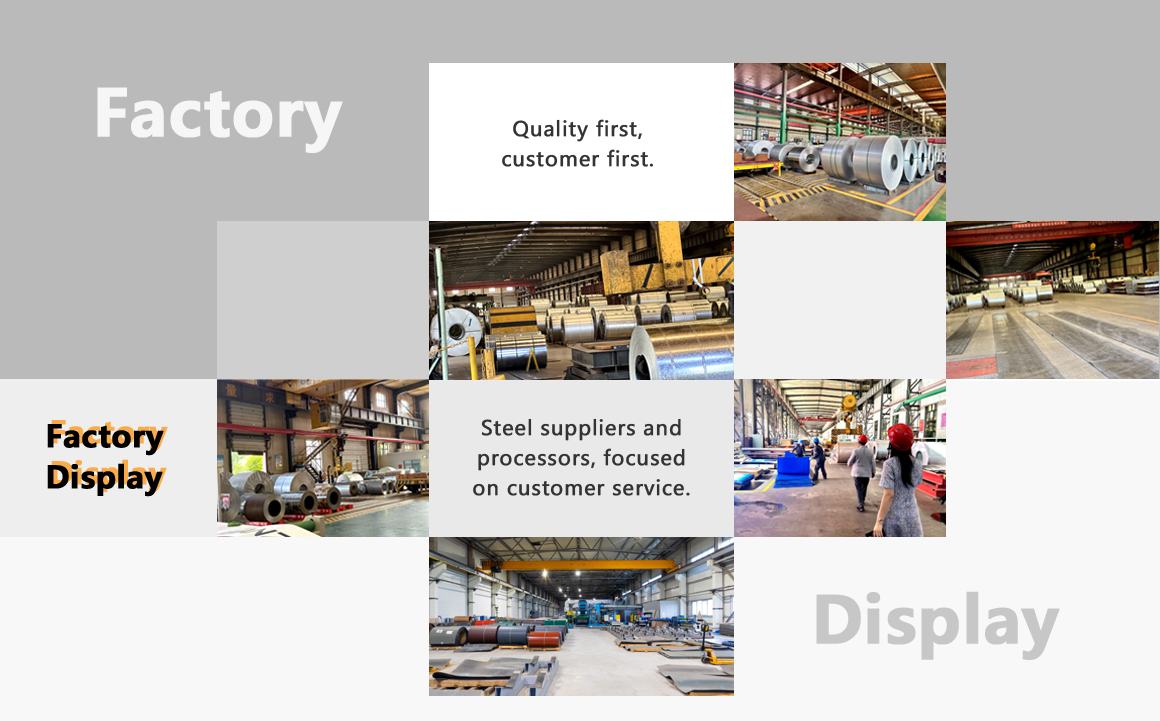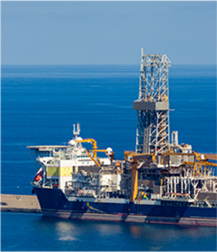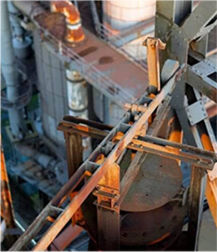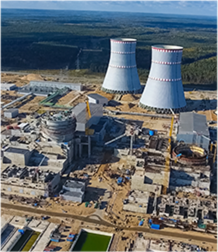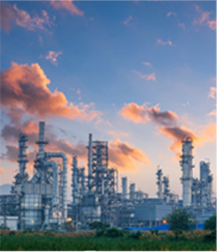


Brass is any alloy of copper and zinc; the proportions of zinc and copper can be varied to create a range of brasses with varying properties.
Brass is a substitutional alloy. It is used for decoration for its bright gold-like appearance; for applications where low friction is required such as locks, gears, bearings, ammunition, and valves; for plumbing and electrical applications; and extensively in musical instruments such as horns and bells for its acoustic properties.
Brass and bronze are two different metals, although they have similar hues and are often used in similar interior design schemes. But what is the difference between brass and bronze?
Brass and bronze are both metal alloys, which means they are a combination of two or more different metals. Brass is composed of copper and zinc, whereas bronze is made up of copper and tin, sometimes with other elements such as phosphorus or aluminium added in.
Brass is believed to have been used since around 500BC, mostly for decorative purposes. Bronze dates back even further to around 3500BC and has largely been used for sculpture. Today, both are used for a multitude of purposes including plumbing, ammunition, electrical connectors and bells.
BRONZE AND BRASS IN INTERIOR DESIGN
As both have attractive qualities, both bronze and brass are used prominently in a lot of interior design styles. They both have warm, welcoming hues, making them the perfect addition to homes or hotels. However, they do differ, particularly in colour. Brass is lighter in colour, with more yellow and gold shades in it. Bronze has warmer, reddish hues than brass, giving it that traditional and welcoming feel.
HOW DO I USE BRONZE AND BRASS IN MY HOME?
In recent years, bronze has become very popular in interior design. Although it is a traditional material, the recent popularity of copper and rose gold have put bronze at the forefront of interior design. Bronze brings warmth and depth to a room, so it is often used to warm up minimalist, neutral colour schemes. Typically, bronze is used as an accent material, being utilised in accessories like cookware, furniture and lighting.
Brass, on the other hand, is typically used as a more traditional and more affordable alternative to gold. It adds luxury and opulence to any room, perfect for a high end home or hotel. Brass is most often seen in kitchens and bathrooms, as it’s a popular finish for taps and shower fittings. It contrasts beautifully with deep blue tones – navy being very popular in interior design this year. Brass would also be a good match for the Pantone 2020 Colour of the Year, Classic Blue, as they are both bold, quite regal colours.
| Alloy name | Proportion by weight (%) | Other | Notes | |||
|---|---|---|---|---|---|---|
| Copper | Zinc | Tin | Lead | |||
| Abyssinian gold (Commercial bronce [C220]) | 90 | 10 | ||||
| Admiralty brass | 69 | 30 | 1 | Tin inhibits loss of zinc in many environments. | ||
| Aich's alloy | 60.66 | 36.58 | 1.02 | 1.74% iron | Designed for use in marine service owing to its corrosion resistance, hardness and toughness. A characteristic application is to the protection of ships' bottoms, but more modern methods of cathodic protection have rendered its use less common. Its appearance resembles that of gold. | |
| Aluminium brass | 77.5 | 20.5 | 2% aluminium | Aluminium improves corrosion resistance. It is used for heat exchanger and condenser tubes. | ||
| Arsenical brass | Arsenic; frequently aluminium | Used for boiler fireboxes. | ||||
| Cartridge brass (C260) | 70 | 30 | — | ≤ 0.07 | Good cold working properties. Used for ammunition cases, plumbing, and hardware. | |
| Common brass | 63 | 37 | Also called rivet brass. Cheap and standard for cold working. | |||
| DZR brass | Arsenic | Dezincification resistant brass with a small percentage of arsenic. | ||||
| Delta metal | 55 | 41–43 | 1–3% iron with the balance consisting of various other metals. | The proportions used make the material harder and suitable for valves and bearings. | ||
| Free machining brass (C360) | 61.5 | 35.5 | 2.5–3.7 | 0.35% iron | Also called 360 or C360 brass. High machinability. | |
| Gilding metal | 95 | 5 | Softest type of brass commonly available. Gilding metal is typically used for ammunition bullet "jackets"; e.g., full metal jacket bullets. Almost red in colour. | |||
| High brass | 65 | 35 | Has a high tensile strength and is used for springs, screws, and rivets. | |||
| Leaded brass | > 0 | An alpha-beta brass with an addition of lead for improved machinability. | ||||
| Lead-free brass | < 0.25 | Defined by California Assembly Bill AB 1953 contains "not more than 0.25 percent lead content". Prior upper limit was 4%. | ||||
| Low brass | 80 | 20 | Light golden colour, very ductile; used for flexible metal hoses and metal bellows. | |||
| Manganese brass | 77 | 12 | 7% manganese, 4% nickel | Used as cladding for United States golden dollar coins. Other manganese brass alloy compositions exist. | ||
| Muntz metal | 60 | 40 | Traces of iron | Used as a lining on boats. | ||
| Naval brass | 59 | 40 | 1 | Similar to admiralty brass. Also known as Tobin bronze. | ||
| Nickel brass | 70–76 | 20–24.5 | 4–5.5% nickel | The outer ring of the bi-metallic one pound and two pound sterling coins and the one euro coin, plus the centre part of the two euro coin. Formerly used for the round one pound coin. | ||
| Nordic gold | 89 | 5 | 1 | 5% aluminum | Used in 10, 20, and 50 cents euro coins. | |
| Orichalcum | 75-80 | 15-20 | Trace | Trace amounts of nickel and iron | Determined from 39 ingots recovered from an ancient shipwreck in Gela, Sicily. | |
| Pinchbeck | 89% or 93% | 11% or 7% | Invented in the early 18th century by Christopher Pinchbeck. Resembles gold to a point where people can buy the metal as budget gold "effect" jewelry. | |||
| Prince's metal | 75 | 25 | A type of alpha brass. Due to its yellow colour, it is used as an imitation of gold.Also called Prince Rupert's metal, the alloy was named after Prince Rupert of the Rhine. | |||
| Red brass, Rose brass (C230) | 85 | 5 | 5 | 5 | Both an American term for the copper-zinc-tin alloy known as gunmetal, and an alloy which is considered both a brass and a bronze. Red brass is also an alternative name for copper alloy C23000, which is composed of 14–16% zinc, a minimum 0.05% iron and minimum 0.07% lead content, and the remainder copper. It may also refer to ounce metal, another copper-zinc-tin alloy. | |
| Rich low brass, Tombac | 5–20 | Often used in jewelry applications. | ||||
| Silicon tombac | 80 | 16 | 4% silicon | Used as an alternative for investment cast steel parts. | ||
| Tonval brass | > 0 | Also called CW617N or CZ122 or OT58. It is not recommended for sea water use, being susceptible to dezincification. | ||||
| Yellow brass | 67 | 33 | An American term for 33% zinc brass. | |||
